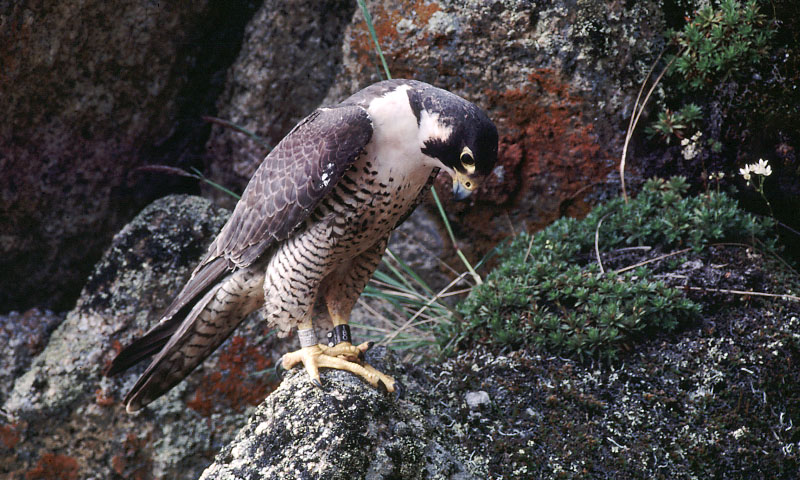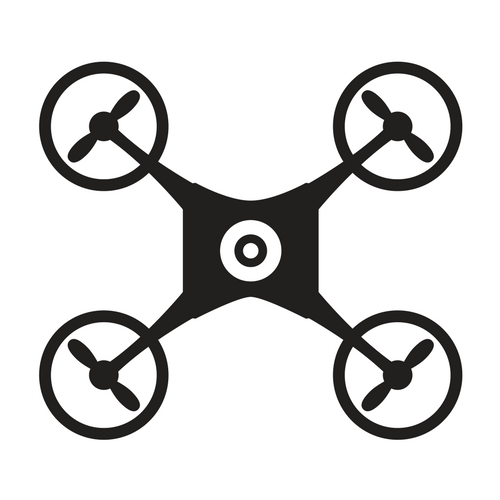
Team Wildlife Inspired Designs
Team Falcon has been working with the Virginia Department of Game and Inland Fisheries to develop methods for using unmanned systems (drones) to survey peregrine falcon nesting sites in southwest, Virginia. These falcons were once extinct in the eastern regions of North America, but have recently been making a comeback. Surveying nesting sites has played a major role in the conservation efforts of these birds. In order to improve efficiency and reliability, while reducing costs, Virginia Department of Game and Inland Fisheries requires new methodologies for surveying peregrine falcon nesting sites. These methods must not harm or harass falcons, and they must also reduce the risk of damaged equipment.
Meet the Team

Matthew Harris
Graduate Student, Biology

Michael Padgett
Junior, Physics

Miguel Padilla
Sophomore, Biology

Ganesh Greenwald
Junior, Industrial Design

Andrew Huddleston
Senior, Engineering

Austin Raines
Junior, Industrial Design

AB Rhodes
Senior, Technical Communication
The Process
Check out the interactive timeline of Team Falcon’s progress throughout this semester
The Impact
- Surveyors often risk their own safety while tracking these nesting sites as they often stand near the edges of high cliffs. Drone technology will allow the surveyors to stand at a far distance away from the cliffs at ground-level
- Drone technology will benefit the surveyors as it will be able to find more birds on the different landscapes than currently known. It is more beneficial to focus on finding new nesting sites with the drones.
- Dones will be able to provide more visual evidence as they can take photos and videos from higher elevations. They can also potentially get closer visual data than a surveyor would from a nearby cliff site.

It’s like they don’t want to be found: The difficulty with locating peregrine falcon nests in the mountains of Virginia
Peregrine Falcons During the 1950s and 1960s, peregrine falcons (Falco peregrinus) and other large predatory birds across North America were dying at faster rates than ever before due to the usage of the pesticide Dichlorodiphenyltrichloroethane (DDT). DDT...
